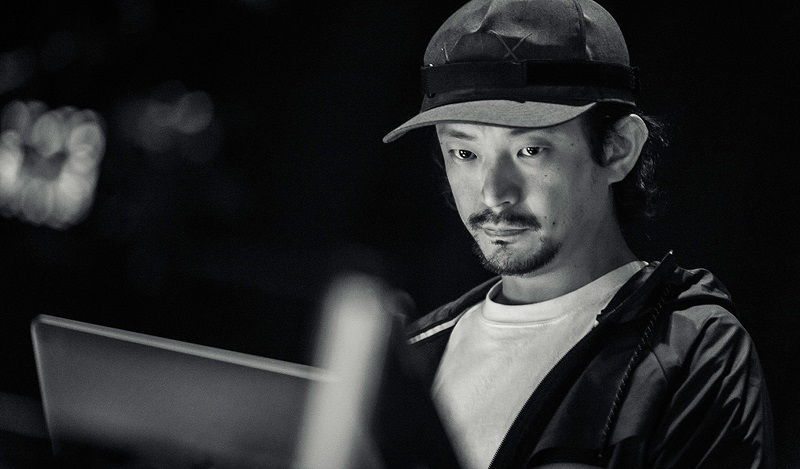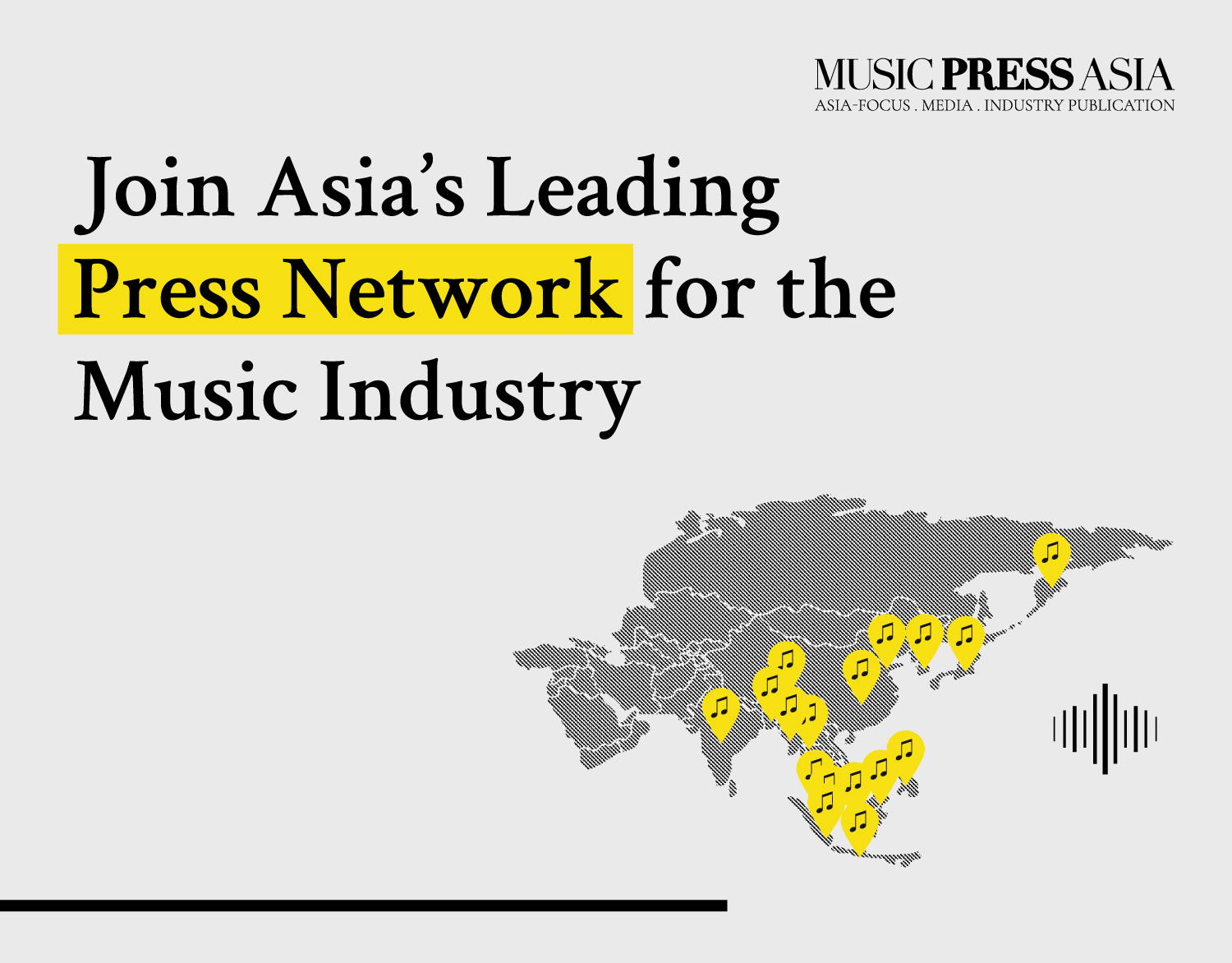Daito Manabe On Creativity As A Digital Artist
We explore the mind of a technologist in the mind of a DJ. His creativity continues to spur new idea foundations of what we all term the creativity of visual music of the future. And yes, he’s a real person.
We explore the mind of a technologist in the mind of a DJ. His creativity continues to spur new idea foundations of what we all term the creativity of visual music of the future. And yes, he’s a real person.

Daito Manabe. Photo courtesy of Sonar Hong Kong
Calling Daito Manabe a DJ may just be one of the most modest things we could ever describe a digital artists. Hailed as the world’s most renowned contemporary digital artists of our time, Daito Manabe’s recent performance with nosaj thing at Sónar in Hong Kong has not only captured the abstract beats and emotive melodies of the two performers, but also showcased how virtual and augmented reality are incorporated visually; for the first time, it was not just about the sound, it was a visual experience so far ahead in comparison to Manabe’s peers.
His creative endeavors which span a stunning range of media and projects as diverse as concerts for Japanese popstars Perfume, figure skating exhibitions, Tokyo’s Olympic video and many others, consistently pushing creative boundaries forward in sound that incorporates other digital medium. This programmer, creator and interactive designer shares with Music Press Asia the difficulty in allocating funds for new projects, the software and hardware he uses to produce his music and roles as an artists and producer.
Q: You incorporated elements like dance, algorithmic generation of images, flying drones and spectacular lightings into your shows, has Daito Manabe’s show always been like this from the beginning? What/who inspired you?
There are just too many to name on who or what inspired me although what I think is most important is collaborations between people. I believe that working together with someone pushes me to my limits which I believe is the best way to work.
Q: You didn’t come from a conservative musician background. Tell us how it all started and the Daito Manabe before Nosaj Thing?
Originally I was a hip hop DJ when I was a high school student. In those days, I would use the MPC 200, S 1200 to make tracks. Hip hop was at its prime in the 1990s and was influenced not only by music but also by fashion. I especially admired the culture in New York.
By the time I got into college, I was working at a record shop when the jazz / soul genre became a lot more sophisticated. It was a combination of Protools and MPC 2000, SP 1200 which I have personally used in transferring from one production environment to the other (from the drum machine to the personal computer). The opportunity to work with a wonderful jazz musician came up at the time, however, knowing the route of uncertainty of a musical career, I decided to shift towards being an engineer.
Q: What are some of the best and most challenging shows you’ve done in the past?
It is difficult to put a ranking on any one past projects, however, I would say the event during the Tokyo Flag handover at Rio 2016 Olympics’ Closing Ceremony was a tough one. While it was an extremely difficult environment to do risky and challenging things, the team worked hard to put together something fun for the audience.
Q: What are the challenges of you being an artist and a producer at the same time?
To raise funds for Research & Development is the most difficult thing doing what I do. If we are short of anything, it would not be ideas and options. Our options are limited by the funds we have and more often that not, our ideas are often costly to run.
Manabe’s genius creations have garnered him much recognition and has been awarded the Prix Ars Electronica Interactive award, several Cannes Lions, and a three times winner of the Excellence Prize in the Japan Media Arts Festival.




